Indochinese money is the currency issued and circulated in the French colonies in Indochina from 1885 to 1954. This currency consists of 3 units: piastre (gold or silver coins), centime (cent) and sapèque (zinc copper) with many different issuances and denominations. Paper money has denominations of 10, 20, 50 cents and 1, 5, 10, 20, 50, 100, 200, 500 piastres. It is noteworthy that among the Indochinese paper money, there are 4 types of banknotes bearing symbols associated with architectural and artistic works belonging to the Complex of Hue Monuments.
First of all, there is the 100 piastre note (One hundred silver), which was circulated from 1923 to 1939. This note is often called the “censer note” or “censer note” because the front side has a bronze-colored censer printed on it, combined with a pattern depicting the Nghi Mon Gate - a structure located at the main entrances to the center of Hue Citadel.
The second is the 1 piastre (One gold coin) note that circulated between 1933 and 1949, including the type with the number 1 in blue and the number 1 in red. On the front of this note, in addition to the image of a North Vietnamese woman wearing a crown and a four-panel dress, there is also an image of Minh Lau, a structure belonging to the tomb of King Minh Mang, built between 1840 and 1843.
The third is the 20 piastre note (Twenty gold coins) circulated during the period 1942 - 1945. The front of the 20 piastre note depicts a gong (with the number 20 inside) and the image of the Ky Dai with The Nhan Mon (Ngan Gate) and Quang Duc Gate (Sap Gate). These are the gates in the South of Hue Citadel, reserved for the king and the royal family only.
Finally, the 1 Piastre (1 Dong) note was issued by the National Institute of Issues of Vietnam, Cambodia, and Laos, circulated during the period 1952 - 1954. On the back of this note is the image of a unicorn at Thai Hoa Palace. This is a mascot that signals good luck, symbolizing wisdom, longevity, nobility, and happiness.
Related to the landscape and people of Hue, on the Indochina banknotes there is also an image of the Perfume River on the 1 piastre banknote (one gold coin banknote), circulated during the period of 1945 - 1947. In addition, along with the image of the Head of State Bao Dai on the banknotes of different denominations, the most notable is the image of Mr. Ung Ton (alias Thuc Thuyen), the son of the Associate Grand Scholar Huong Thiet and the grandson of Tuy Ly Vuong Mien Trinh. Some documents state that when Mr. Ung Ton went to France to study finance, he was photographed by the Indochina Bank and had his photo engraved on banknotes in two different denominations: engraved with a watermark on the 100-dong "dinh lu" banknote as mentioned and on the 100-dong banknote issued by the Central Bank of France (Banque de France) during the period of 1911 - 1914.
Although Indochina banknotes reflect a period of the country's history when it was dependent on the colonial government, the images of Hue, especially the architectural works of the Hue Monuments Complex on the banknotes, clearly demonstrate the cultural identity as well as the timeless creative value of Nguyen Dynasty fine arts.
Faced with the threat of a cashless world , looking back at the Indochinese currency and the cultural symbols on these notes, we need to think more about not only the meaning of using cash but also the awareness of the special role of heritage in modern life.
Source


![[Photo] President Luong Cuong receives Lao Vice President Pany Yathotou](https://vphoto.vietnam.vn/thumb/1200x675/vietnam/resource/IMAGE/2025/5/25/958c0c66375f48269e277c8e1e7f1545)
![[Photo] Festival of accompanying young workers in 2025](https://vphoto.vietnam.vn/thumb/1200x675/vietnam/resource/IMAGE/2025/5/25/7bae0f5204ca48ae833ab14d7290dbc3)

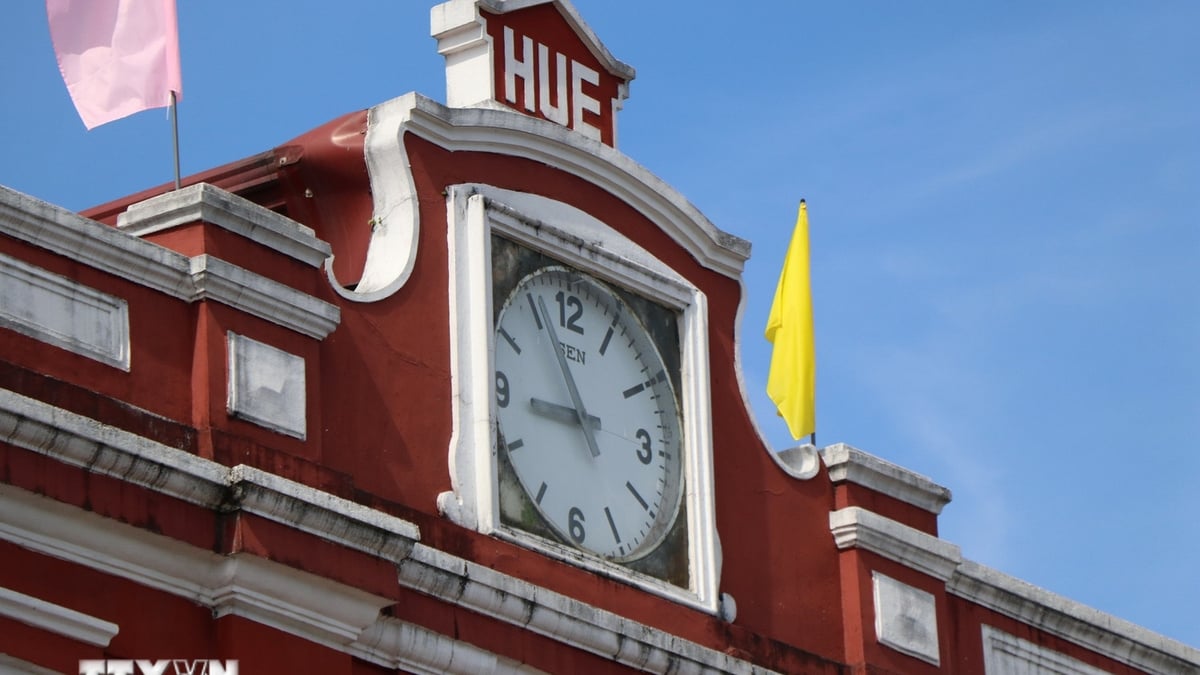
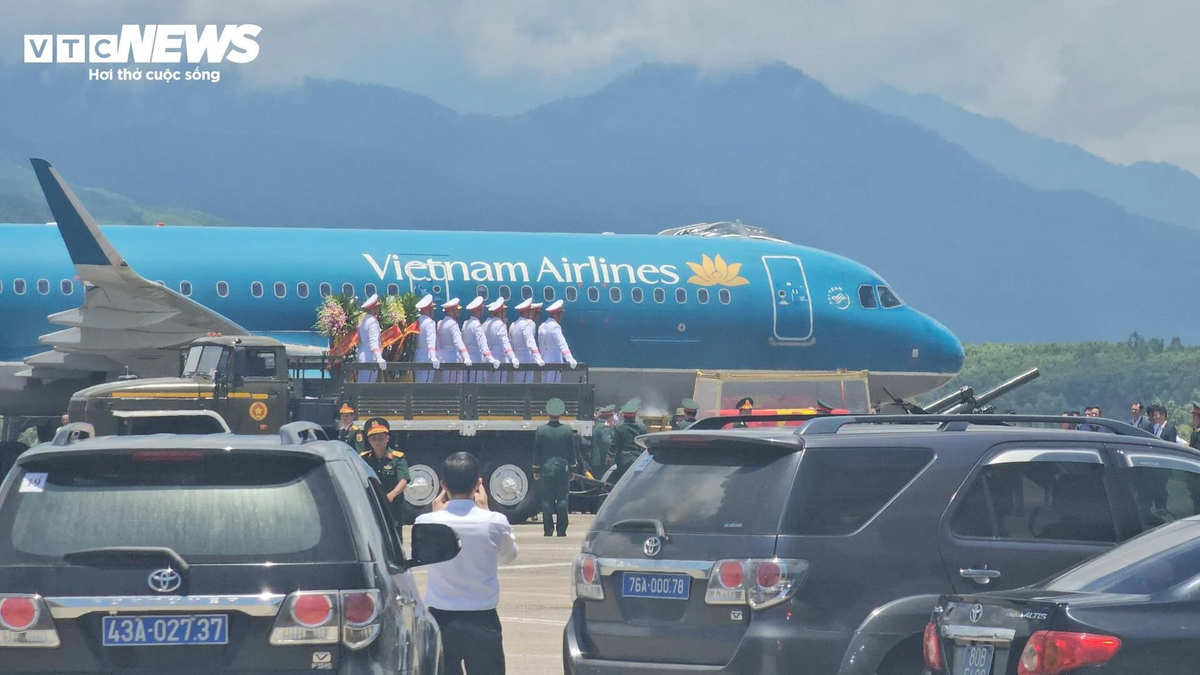
![[Photo] The coffin of former President Tran Duc Luong arrives in Quang Ngai](https://vphoto.vietnam.vn/thumb/1200x675/vietnam/resource/IMAGE/2025/5/25/1f1aca0d92ab47deae07934e749b35e6)
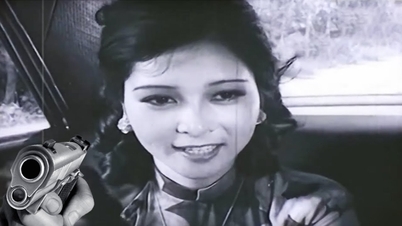

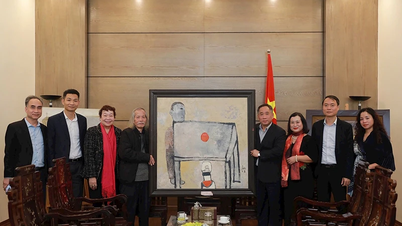



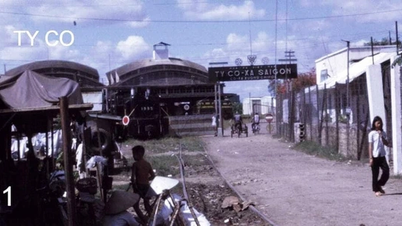
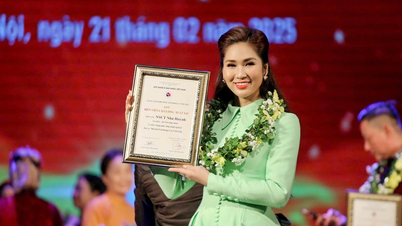




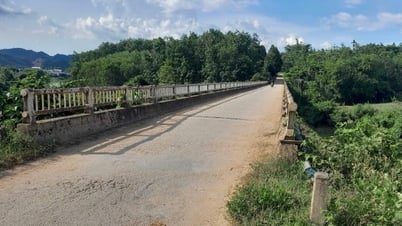

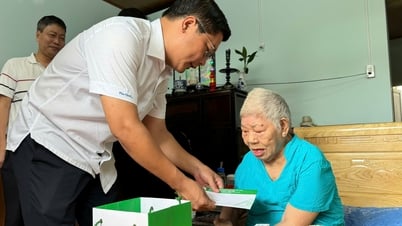
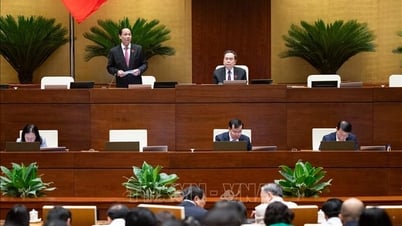
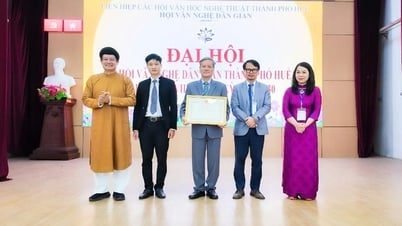
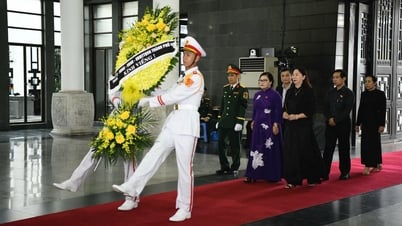









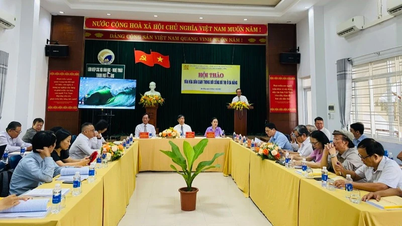





















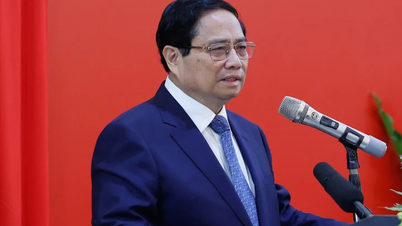

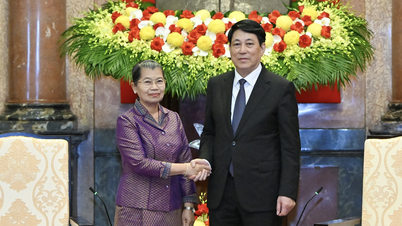

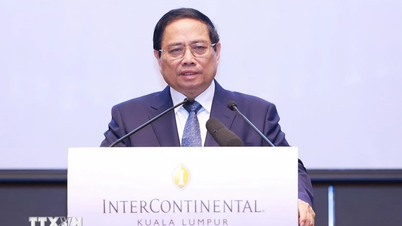









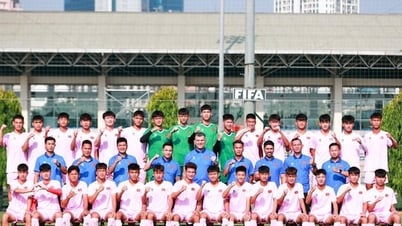



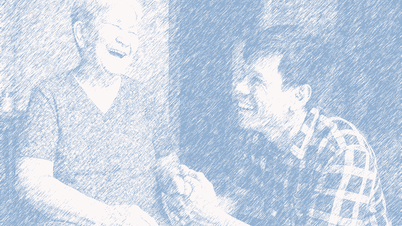








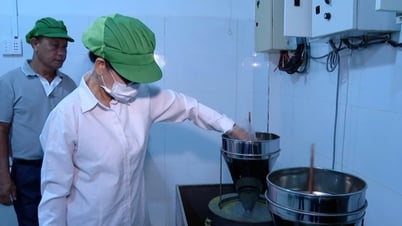




Comment (0)